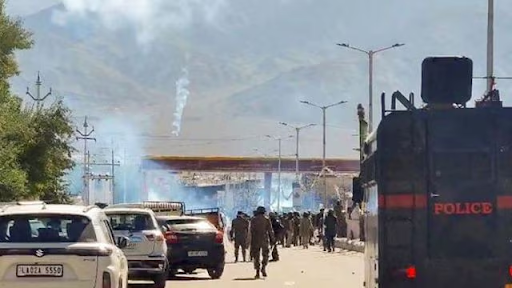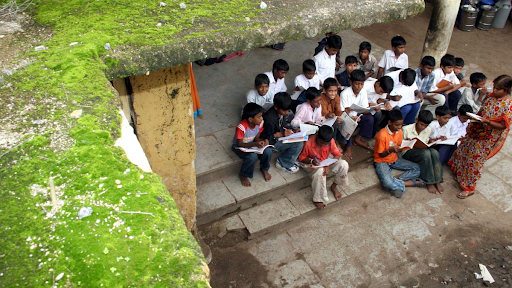Description
_Act,_1986.jpg)
Disclaimer: Copyright infringement not intended.
Context
- Supreme Court has observed that CrPC remedy not barred by 1986 Muslim Women (Protection of Rights on Divorce) Act.
Muslim Women (Protection of Rights on Divorce) Act, 1986
Background:
- Enacted by the Rajiv Gandhi government post the Shah Bano case judgment.
- It aims to protect the rights of divorced Muslim women.
|
SHAH BANO CASE
The Shah Bano case was a significant legal battle in India in 1985. It involved Shah Bano, a Muslim woman seeking maintenance from her husband after a divorce. The Supreme Court ruled in her favor. However, the judgment was controversial and led to protests from conservative Muslim groups who argued that it went against Islamic law. In response to the protests, the Indian government enacted the Muslim Women (Protection of Rights on Divorce) Act in 1986, which diluted the Supreme Court's judgment and restricted the rights of Muslim women in matters of maintenance after divorce. The Shah Bano case remains a significant moment in India's legal history, highlighting the tensions between gender equality and religious personal laws.
|
Interpretation of the Act by the Supreme Court:
- The Act does not explicitly prohibit divorced Muslim women from seeking maintenance under Section 125 of the CrPC.
- Lack of explicit prohibition raises the question of whether such a restriction can be added to the Act.
- The Act is a Special Act, but it does not expressly bar the application of Section 125 CrPC.
Case Study: Mohd Abdul Samad vs. the State of Telangana:
- A man ordered to pay maintenance to his ex-wife under Section 125 CrPC.
- He argued that the 1986 Act prevails over Section 125 CrPC.
- The High Court directed payment of interim maintenance, leading to an appeal to the Supreme Court.
Arguments Presented:
- The amicus curiae suggested that Section 125 proceedings are maintainable post Shah Bano.
- The 1986 Act must be interpreted to ensure Muslim divorced women have rights similar to other divorced women.
- The Act does not seek to treat Muslim women less favorably, as it would violate constitutional articles.
Counterarguments:
- If Parliament intended Muslim women to avail Section 125, the 1986 Act would be unnecessary.
- Section 7 of the Act indicates that petitions under Section 3 will be dealt with by the Magistrate.
- The Act's intent was to clarify jurisdiction, especially regarding pending cases.

Court's Observations:
- The Court considered whether a divorced Muslim woman has the right to choose between Section 125 and the 1986 Act.
- The Kerala High Court's view on maintainability of both petitions was discussed, suggesting a need for clarification.
- The Court deliberated on whether a woman can choose both remedies or if it is a doctrine of election.
Conclusion:
- The Supreme Court reserved its decision on whether the 1986 Act restricts a divorced Muslim woman from filing a petition under Section 125 CrPC.
- The case highlights the need for clarity in interpreting laws affecting the rights of divorced Muslim women.
|
PRACTICE QUESTION
Q. Discuss the implications of the Supreme Court's observation regarding the Muslim Women (Protection of Rights on Divorce) Act, 1986, in the context of the Shah Bano case judgment.
|




_Act,_1986.jpg)
_Act,_1986.jpg)





